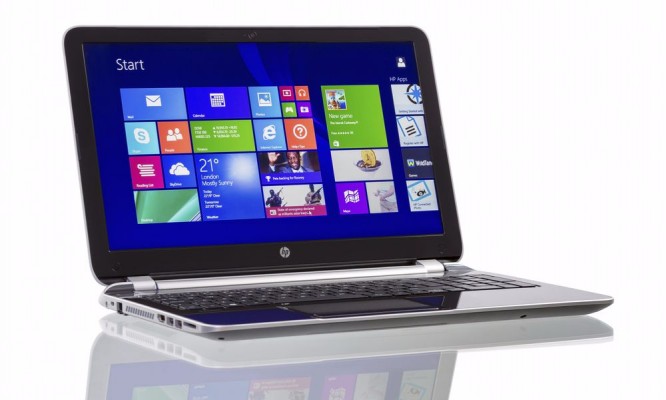Microsoft Ending Support for Windows 8, IE 7-10
Tomorrow (Jan. 12) will be a day of reckoning for most people who rely on Microsoft's Windows 8 and Internet Explorer versions 7, 8, 9 and 10, as the operating system and Web browsers will reach the end of the line for support, with certain exceptions. The software will no longer receive security updates, leaving users open to malware and attackers targeting unpatched vulnerabilities.
All Windows 8 users need to upgrade to Windows 8.1 or Windows 10. All Internet Explorer version need to upgrade to IE 11, except for Windows Vista users, who can stick with IE 9.
Windows 8.1 is available as a free update (available through the online Windows Store), and applying it extends Microsoft support to Jan. 10, 2023. If users choose instead to upgrade to Windows 10, which will be free until July 29 of this year, support will continue until October 2025.
Microsoft generally offers 10 years of extended support for its software, but it has cut short support for Windows 8, released in October 2012, because the company considers Windows 8.1 to be a service pack for Windows 8. Microsoft's policy is to drop support for an earlier version of a specific OS two years after a service pack supersedes it.
MORE: What's Next for Laptops
However, Microsoft is making a significant policy change with its Web browsers. Until now, each version of Internet Explorer got support along with, and as long as, the version of Windows for which it was initially available. Hence, IE 6 and Windows XP were both supported until April 2014.
Under that policy, IE 7 would have had until Vista's end-of-life in April 2017, IE 8 and 9 until Windows 7 calls it quits in January 2020, and IE 10 until Windows 8.1. dies in January 2023. But it seems Microsoft now wants everyone to move to either IE 11 or the Edge browser for Windows 10, so it's making all users upgrade to the latest version of Internet Explorer available for their platforms. (Together, IE 8, 9 and 10 have about 20 percent of the global browser market, according to NetMarketShare.)
Sign up to receive The Snapshot, a free special dispatch from Laptop Mag, in your inbox.
Those users still browsing the Web with IE 7, 8, 9 or 10 will need to fire up Windows Update and update to IE 11. Many users are have likely updated to IE 11 already, but not those who don't have Automatic Updates enabled. If you're among those, open Control Panel, select Windows Update and click Check for Updates.
If you’re running Windows Vista, you can keep running IE 9 for now, as it’s the most recent version of the browser that works in Vista. Microsoft plans to turn off support for Vista in April 2017.
NetMarketShare estimates that Windows 8 users make up 2.76 percent of the global PC market, while Statista pegs the total at a slightly higher 2.98 percent. Ironically, both firms estimate there are almost three times as many Windows XP users as Windows 8 users, and Microsoft ended support for XP nearly 2 years ago.
Henry was a contributing writer at Laptop Mag. He penned hundreds of articles, including helpful how-tos for Windows, Mac, and Gmail. Henry has also written about some of the best Chromebooks, and he has reviewed many Apple devices, including various MacBook Air laptops. He is now a managing editor at our sister site Tom's Guide, covering streaming media, laptops, and all things Apple.

